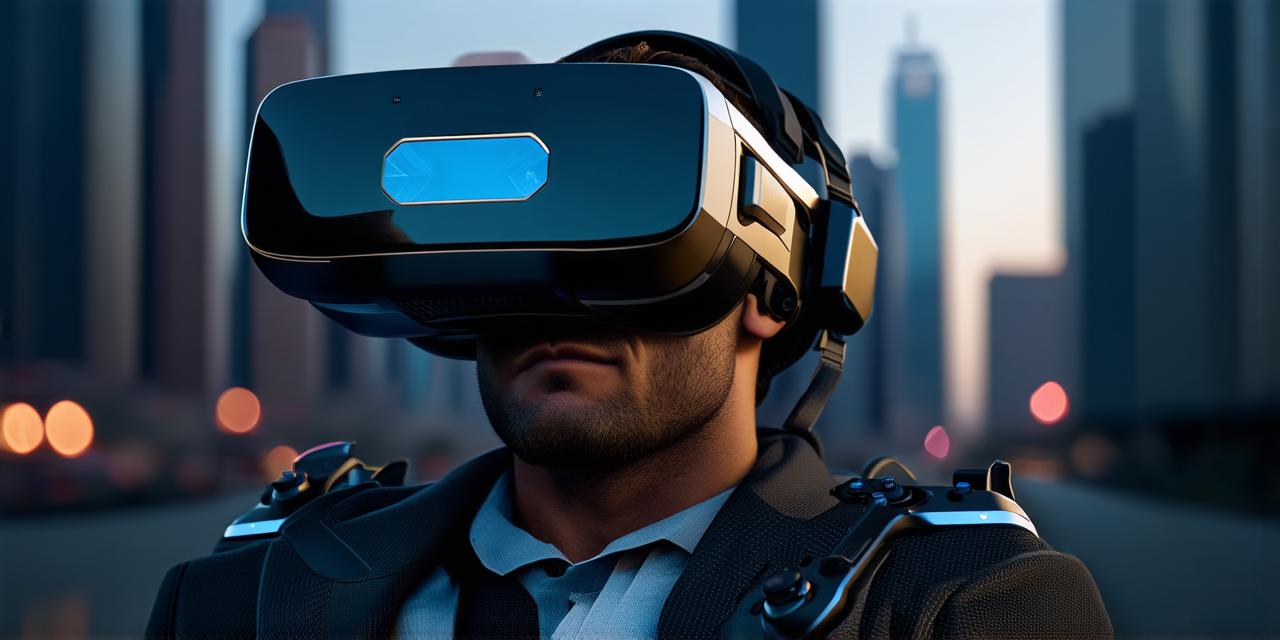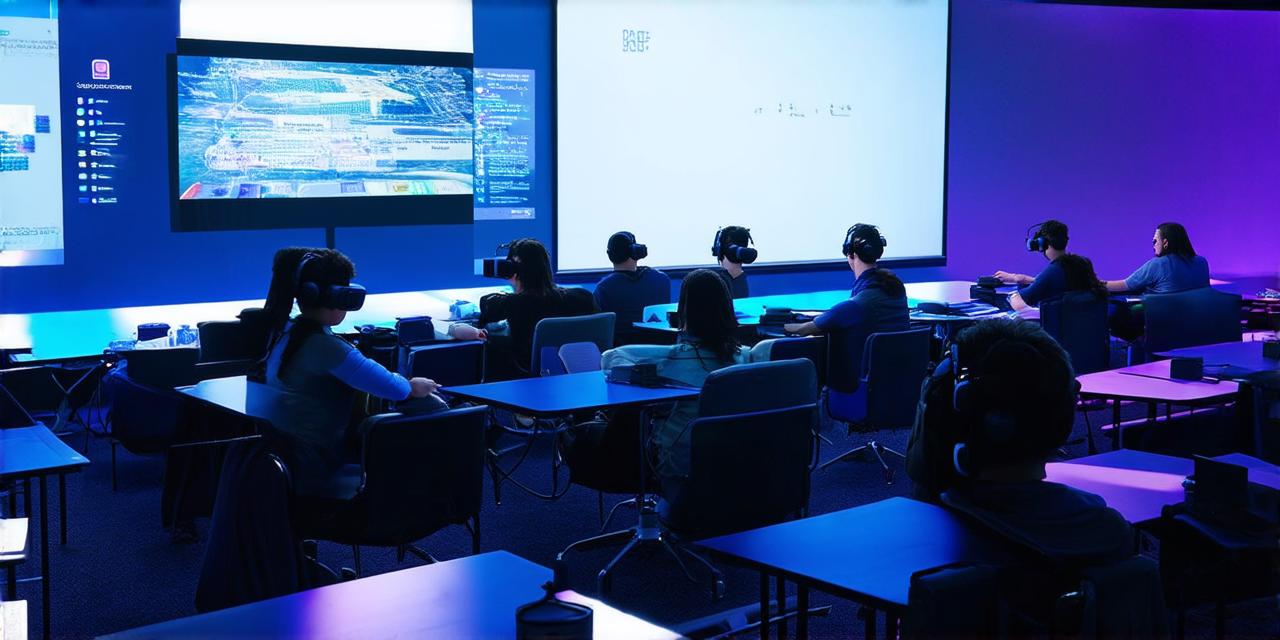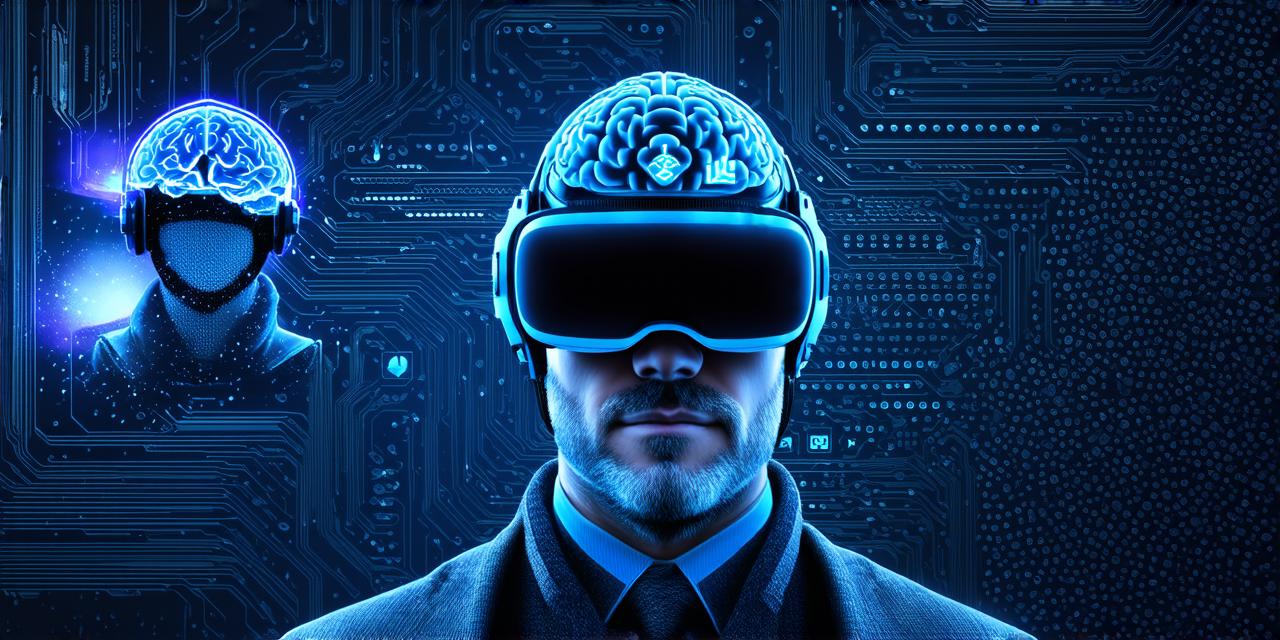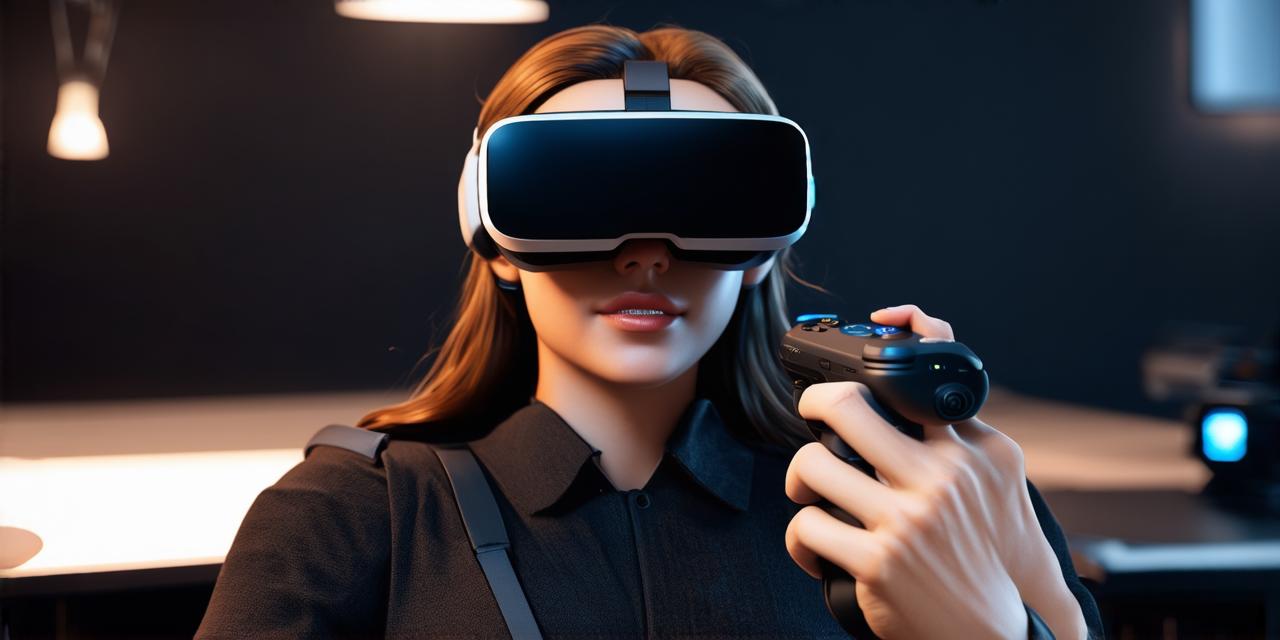What is Virtual Reality?
Virtual reality (VR) is an immersive computer-generated experience that simulates a physical environment in a 3D space. With VR, you can feel like you’re physically present in the virtual world, interacting with objects and other people as if they were real.
The Essential Gear for VR
When it comes to gear for VR, there are a few key components that you’ll need. These include:
- VR Headset: The most important piece of equipment when it comes to VR is the headset. There are several different types of VR headsets available, including room-scale and wireless options.
- Computer: If you’re using a room-scale VR headset, you’ll need a powerful computer to run the VR software. The more powerful your computer, the smoother the experience will be. It’s important to choose a computer with at least an Intel Core i5 processor and 8GB of RAM.
- Sensors: Depending on the type of VR headset you have, you may need sensors to track your movement. For example, room-scale VR headsets typically require sensors placed around the space to track your movement and prevent collisions with real-world objects.
- Controllers: You’ll also need controllers to interact with the virtual environment. These controllers are typically handheld and allow you to point, grab, and manipulate virtual objects. Some VR headsets come with controllers included, while others require them to be purchased separately.
- Comfortable Space: Finally, it’s important to have a comfortable space to move around in when using VR. This can include a designated room or area specifically for VR use. It’s also important to make sure that the space is free of potential hazards and obstacles that could cause injury.
Choosing the Right Gear
When choosing your VR gear, it’s important to consider what type of VR experience you want to have. For example, if you’re looking for a room-scale experience with a high level of immersion, you may want to invest in a more powerful computer and a higher-end VR headset. On the other hand, if you’re looking for a more affordable option that allows you to experience VR on the go, a wireless VR headset may be the way to go.
It’s also important to consider your budget when choosing VR gear. While high-end options can provide a better experience, they often come with a higher price tag. If you’re just starting out in VR, it may be worth considering a more affordable option to get started.
FAQs
Q: Do I need a dedicated room for VR?
A: It depends on the type of VR headset you have. Room-scale VR typically requires a large space to move around in, while wireless VR headsets can be used in a smaller space.
Q: What kind of computer do I need for VR?
A: For room-scale VR, you’ll need at least an Intel Core i5 processor and 8GB of RAM. For wireless VR, the requirements will depend on the specific headset you have.
Q: Do I need sensors for VR?
A: It depends on the type of VR headset you have. Room-scale VR typically requires sensors to track your movement, while wireless VR headsets often have sensors built into the headset itself.
Q: Can I use VR on a mobile device?
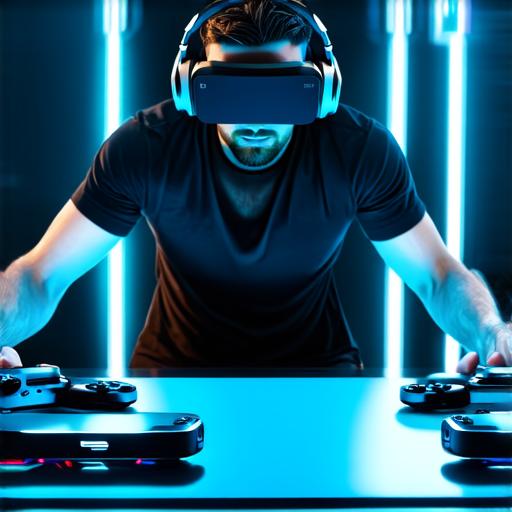
A: Some wireless VR headsets can be used with a mobile device, but it will depend on the specific headset and requirements for your device.
Conclusion
Virtual reality technology has come a long way in recent years, and it’s now more accessible than ever before. To fully immerse yourself in VR, you’ll need the right gear, including a VR headset, computer, sensors, controllers, and a comfortable space to move around in. When choosing your gear, it’s important to consider what type of VR experience you want to have, as well as your budget. With the right gear, you can experience virtual reality like never before.

